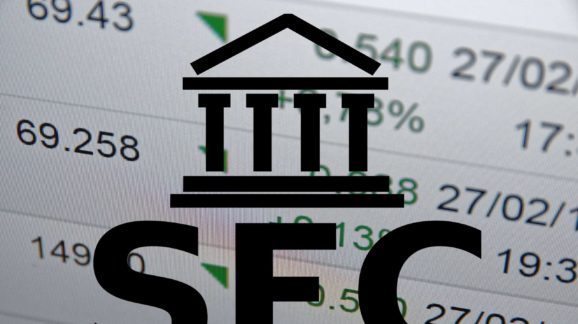Death by Accounting?
The likelihood of a flu pandemic this season may be remote, but many in Washington don’t want to take chances. Agencies from the Centers for Disease Control and Prevention to the FDA are mobilizing to greatly enhance a stockpile of vaccines. But they face a tough obstacle from a stubborn agency that nominally has nothing to do with public health: the SEC.
To get companies to participate in a flu vaccine stockpile the government is dangling tons of new funding. Cash in hand is usually a very strong incentive. But a Clinton administration SEC policy prevents the vaccine makers from recognizing the revenue until the vaccine is delivered to the doctors, countering the very purpose of a stockpile. The Department of Health and Human Services’ National Vaccine Advisory Committee concluded in early 2005 that for the stockpile program to be successful, “the revenue recognition issue must be resolved as soon as possible.”
It all began in late 1999, when the SEC issued “Staff Accounting Bulletin 101,” which it painted as a modest clarification “not intended to change current guidance in the accounting literature.” But in reality it was a radical change to the way companies could book revenue from “bill and hold” orders. This change would, at its least, lead to hindrances for innovative new companies. At its worst, it would discourage production of lifesaving products like vaccines.
Under the policy, even if the total cash due is paid up-front for a product, “revenue should not be recognized until final delivery has occurred.” And “delivery generally is not considered to have occurred unless the product has been delivered to the customer’s place of business.” The SEC bulletin makes clear this is generally the case even when “customers may not yet be ready to take delivery of the products for various reasons.”
The upshot of this policy is that no matter how much cash the government puts in vaccine-makers’ hands for making drugs for the stockpile, they cannot include this money in their official sales until it is actually delivered to doctors when and if there is a disease outbreak. This period can last more than a year. While one part of government is urging manufacturers to have a reserve on hand for a flu outbreak, another is telling them that they won’t show any gain on their books for doing so. In fact, companies that contribute to the stockpile will take a paper loss for this part of their business, because the SEC is not about to let them postpone “recognition” of their costs of making the vaccines. And because of other regulations and trial lawyers always eager to pounce on “deceptive” accounting, it is difficult for companies to communicate with investors about this distorted earnings picture.
As a result, vaccine maker Aventis (now Sanofi-Aventis) specifically cited the SEC policy as the reason it dropped out of the stockpile for children’s vaccines in 2004. “We are unable because of the financial issues … to proceed until this is resolved,” Christine Grant, the firm’s vice president for public policy, told UPI. Merck did not drop out, but a vice president commented to USA Today, “Imagine, for all the products sold, if we couldn’t record them as revenue. Our shareholders would not be pleased.”
Since the flu vaccine shortage of last year, government health officials have talked to the SEC about the changing policy for vaccines. But in the era of Sarbanes-Oxley, the commission hasn’t budged. It is possible that a firm might have to return money if a batch of vaccines spoiled in the stockpile. But this usually wouldn’t make a dent in revenues reported to shareholders. Rather, it’s the current accounting policy that paints the distorted picture to investors by making vaccine makers look less attractive than other firms even when they have a solid cash flow.
The government’s Vaccine Advisory Committee stated in early 2005 that if the SEC didn’t change its policy, “a legislative remedy should be pursued.” It is now time for Congress to act — before the pandemic occurs.
Originally published at the Wall Street Journal.
